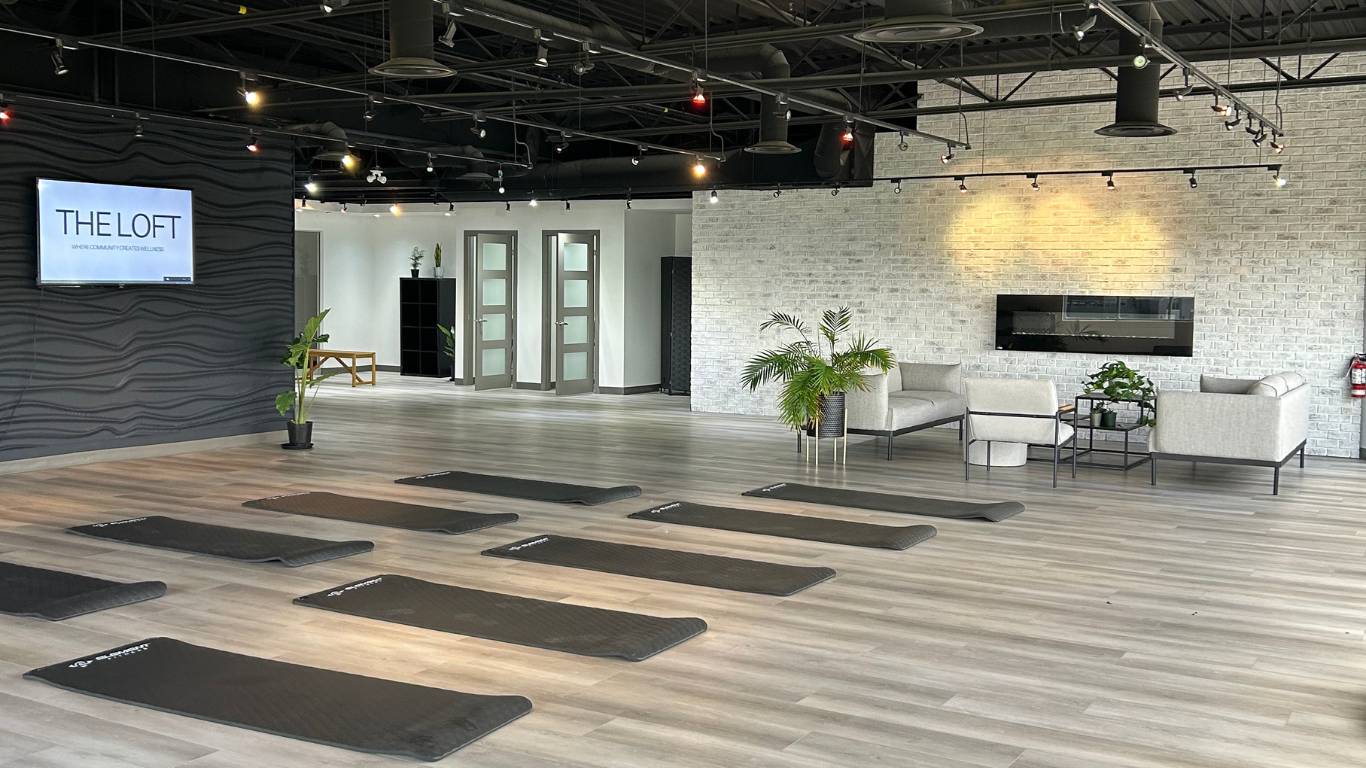The truth about ankle injuries and how they’re often mismanaged.
Ankle injuries are one of the most common injuries sustained but often one of the highest self-treated injuries. Commonly it is downplayed as “I just rolled my ankle” and therefore often people don’t pursue proper injury diagnosis, management and rehabilitation and sport-specific return to play.
However, ankle sprains can quickly turn into a chronic condition referred to as chronic ankle instability, and the future prognosis of this condition can increase one’s chance of osteoarthritis and other degenerative conditions of the ankle. Ankle injuries, such as ligament sprains, are commonly seen in court sports like volleyball and basketball, and field or turf sports like football and soccer.
If you are an athlete who sustains an ankle injury, or a coach who sees these common injuries, consider these tips on injury management as they can make a significant difference in your recovery.
Should you go for an x-ray?
A guideline to when to see a doctor for a possible x-ray would be beneficial is as follows:
- Tenderness and pain on the ankle bones (medial and lateral malleolus) and along the bone up to 6 cm.
- Tenderness along the bone on the outside of the foot (the 5th metatarsal)
- Inability to walk normally immediately or shortly after injury for 4 steps
Should you take the shoe off after injury?
There is a common fear of taking the shoe off as it will cause the ankle to swell, however, there are many reasons why it is, in fact, ok to take a shoe or cleat off.
- Proper assessment of the ankle (even immediately after) can be done before swelling will start to set in, allowing for a better examination of the ankle.
- Proper swelling and pain management can be applied to the ankle without the shoe on.
- In the event of a serious ankle sprain where a splint should be applied it is best to have the shoe off to best splint the ankle and allow circulation to be properly monitored.
- In the event of only a minor injury, one that does not interfere with sports performance, should play be deemed safe to continue and taping advised, then it is best to tape directly on the ankle and not simply over the shoe.
Do I need to use crutches?
The easy answer is if you cannot walk properly without limping is yes you should. It may not be necessary to be completely non-weight bearing though, so a rehab professional would be able to guide you through which of the following is most appropriate for you.
- Non-weight bearing is the use of two crutches, avoiding any weight through the injured foot or ankle.
- Feather weight-bearing is allowing your injured side to contact the ground with only enough weight through your foot that you would not crack an egg if you stepped on it.
- Partial weight-bearing. This stage can include two crutches and allow you to begin putting some weight through your foot and ankle. It can progress to using only one crutch on the opposite side of the injury.
Early rehabilitation is advised.
Even within the first couple of days of an ankle injury, rehab should begin.
- Swelling and pain are indicators that rehab with an Athletic Therapist or Physiotherapist should start. Often people think they should wait until the swelling improves however, guided rehab will help facilitate the healing process and help with swelling and
- If you have sprained a ligament, strengthening the muscles around the joint to provide more stability becomes a very important aspect of rehab, especially to prevent future repetitive ankle injuries and chronic instability.

